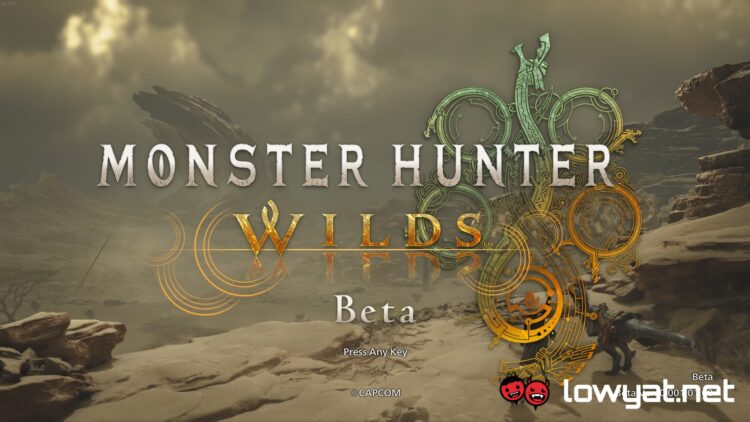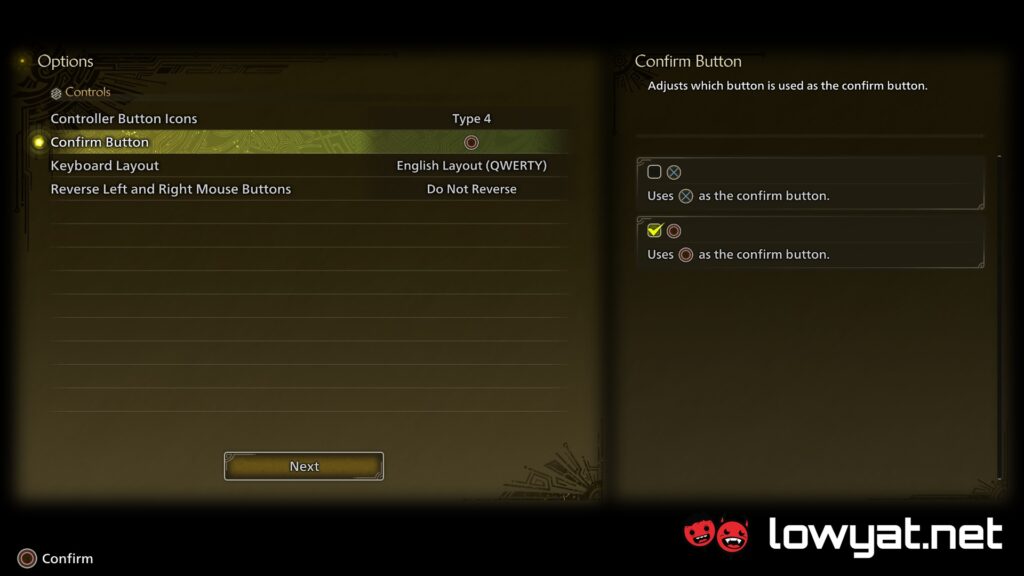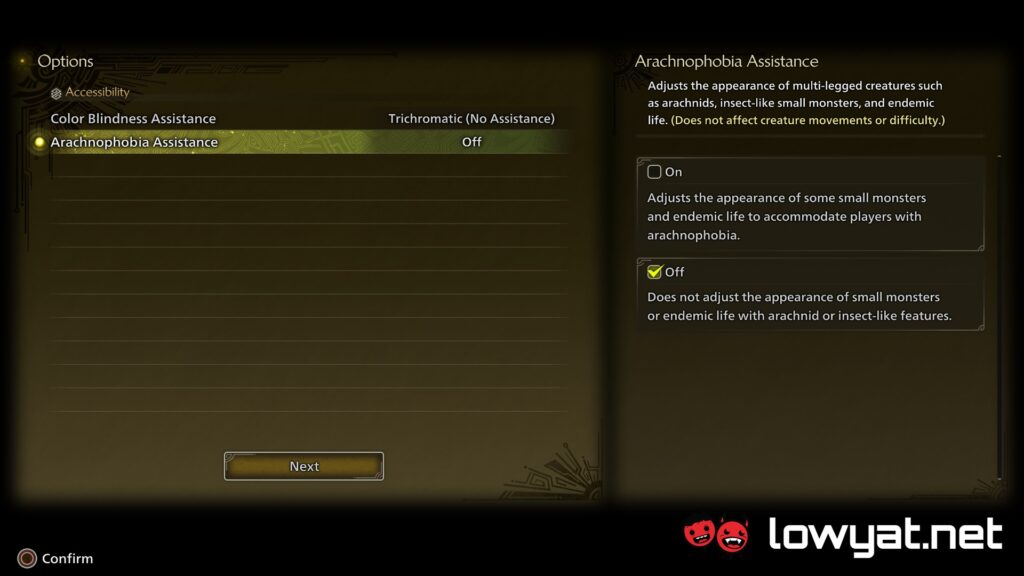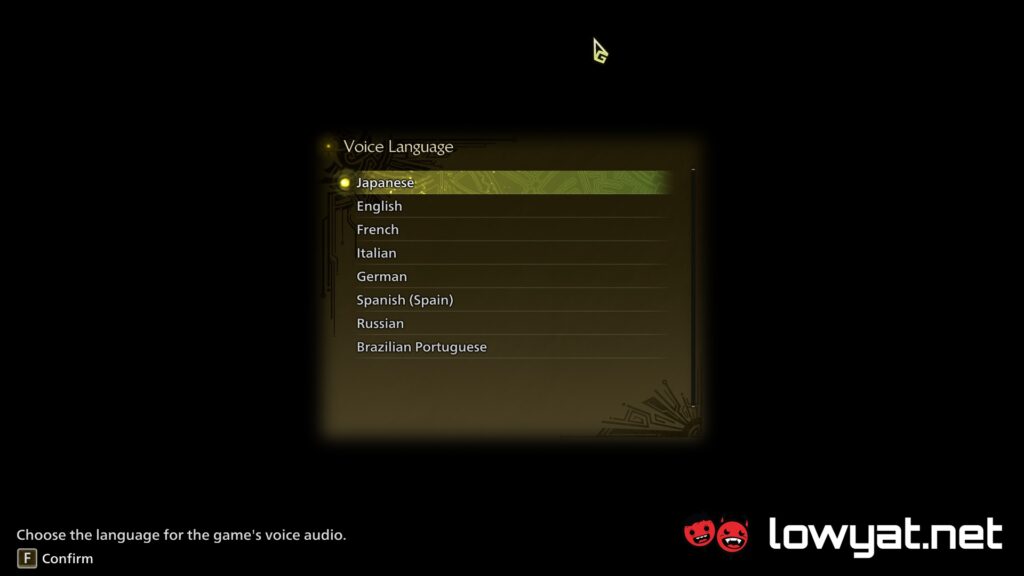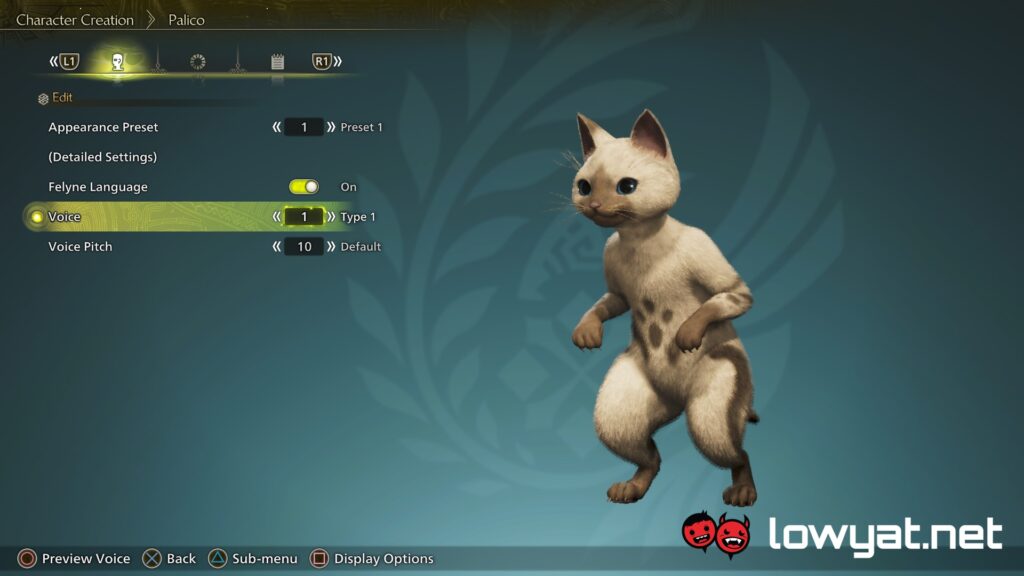The Monster Hunter Wilds open beta happened over the weekend, or a little earlier if you have an active PS Plus subscription. We took part in it to get a feel for the game and, needless to say, we had some feeling about it. Some of it we’d chalk it up to it being a beta, though other elements may point to what to expect when the full game releases. I should probably mention that I gave it a go on PC, and specifically Steam.
Perhaps it’s the trend these days, but the Monster Hunter Wilds beta opens with you setting up the game first, including a pretty robust set of accessibility options. This include options that some may consider unnecessary, but to others may be utterly essential to their enjoyment of the game – choosing which controller button icons that the game uses, as well as the ability to use the Circle button on PlayStation controllers as the confirm button.
Annoyingly though, the voice language is where things get a bit mixed, at least for me. While you get to choose the spoken language of the human characters in the beta, the old Monster Hunter language is not one of the options. But on the flip side, you can get your Felyne companion – and by extension all other Felynes in the game – to speak in the Felyne language, which consists of the classic range of meows.
This lack of the old fictional language in Monster Hunter Wilds, or at least the beta, may have something to do with the fact that your player character has voice lines now. As in not just grunts when attacking and getting hit, but actual meaningful dialogue participation in the story. Considering the number of voice option you get, this is pretty impressive, and no doubt a significant portion of the Monster Hunter Wilds budget.
Moving on to the gameplay, I gave a number of my most-used weapon archetypes a try. Immediately, two things were obvious. One was that some weapons were changed more than others, and the other was that some of these changes are more meaningful than others.
For instance, the longsword has been made to lean into the counter-happy archetype that started in Monster Hunter: World, but really got dialled up to 11 by the time Rise rolled around. The top end of the spirit gauge levels also completely changes up the weapon’s basic combo, lending credence to fan claims that Capcom loves this weapon archetype more than most others. There’s still the Spirit Helm Breaker that consumes a spirit gauge level, but you now have an option to sheathe after the jump so as to not waste a meter when the monster moves out of position.
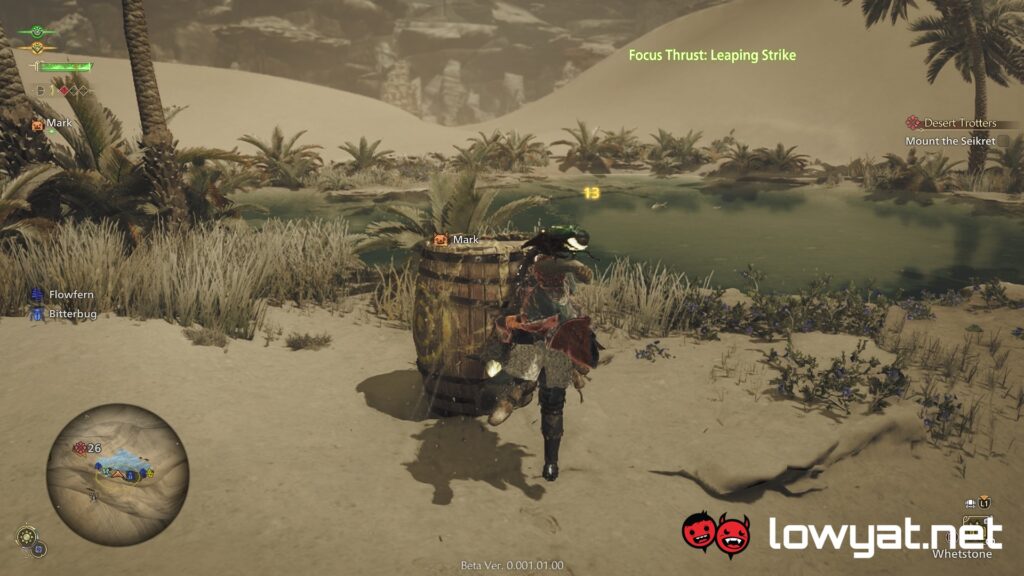
Dual blades are getting a similar treatment to the longsword in Monster Hunter Wilds, as in there are now more moves that consume the Demon Mode meter. This shakes up the use of the weapon, making hunters manage the resource more than just building it up and keeping it up once it’s been filled. Using the weapon in short bursts, this makes the weapon more engaging, but one can imagine it being tedious long term.
Then there’s the insect glaive, which is pretty difficult to judge with just the starting Kinsect. But on the surface, the weapon feels to has gotten more nerfs, which is balanced by the new Focus Mode, which I’ll get to in a bit. Of the few weapons that I’ve tried, the insect glaive’s Focus Mode looks to be one of the more significant changes, as it guarantees triple extracts when it connects properly.
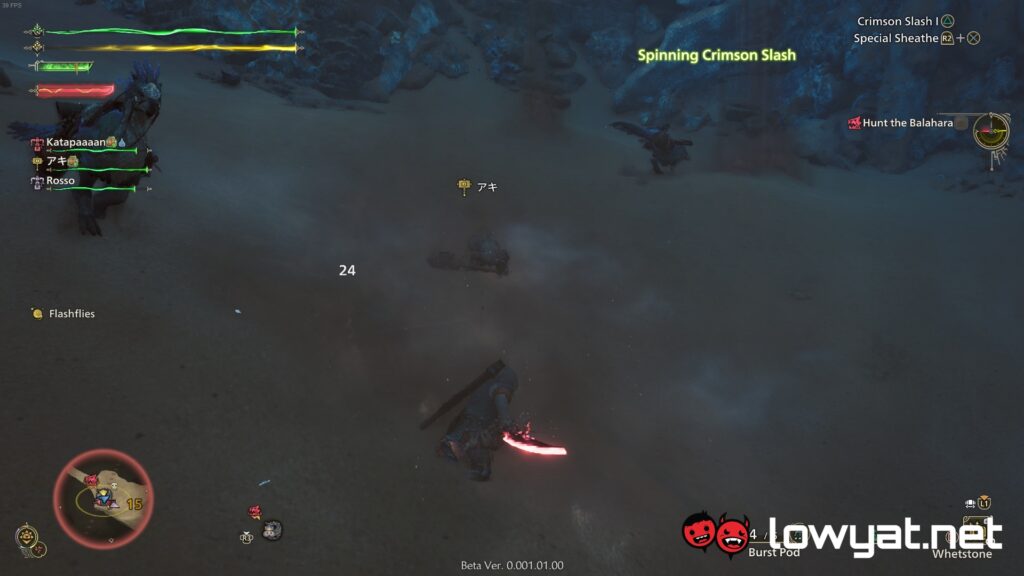
I also gave the bow and great sword a try, but without a high enough armour skills that make these weapons shine, it’s difficult to give these two archetypes a fair shake. But as it was, the latter is mostly unchanged, while the former gets to make arrows homing for awhile, which can be a bit of fun while reducing mental stack.
Now, we get to the Focus Mode. This doesn’t really do much for ranged weaponry from what I can tell, but for melee weapons I can see this affecting the balance of Monster Hunter Wilds once players hit the end game. It’s reminiscent of the Clutch claw wall-banging that led to the overinflated HP values of the post-release monsters in Iceborne, but in a way that takes a lot less effort.
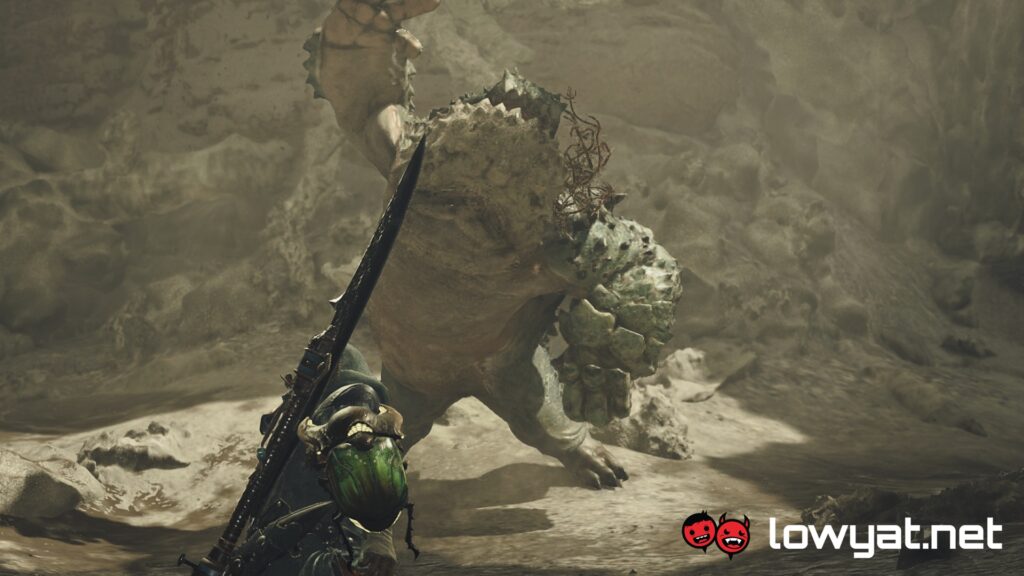
In Monster Hunter Wilds, just hitting the same spot on a monster repeatedly opens up a wound, and Focus Mode helps with maintaining that aim a lot for melee weapons. Hitting your Focus Mode-exclusive move on such wounds, or generic weakspots, activates a special sequence – like the great sword’s dragging cut we saw in the first gameplay trailer – that ends in a topple more often than not. I hesitate to say whether it was actually guaranteed as I didn’t test it as extensively as I’d liked, but sure would give the impression. On the flip side though, using this move any other way sees you locking yourself in an attack and recovery animation that can’t be cancelled out of.
Which the mechanical bits out of the way, we’ll talk about the other parts of the Monster Hunter Wilds beta, one of which is graphics. Here, I’m willing to chalk it up to the game still being in beta, but graphics here is a bit of a mixed bag. On one hand, the environment is beautiful and detailed, even on medium settings. Sure, shadows may be where things need to be cranked up, but otherwise, the singleplayer experience is generally a smooth one.
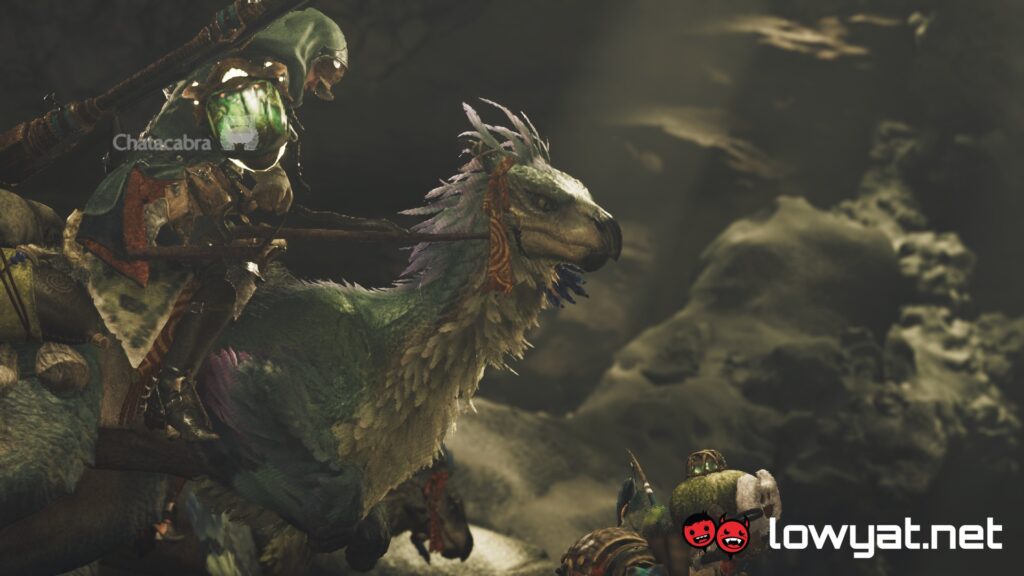
Things start getting a bit ugly during the final cutscene, where it looks like the textures on some of the NPCs were just not loading. Then things get worse when the cutscene ends, and the multiplayer lobby loads in, with framerates tanking to under 30 fps where the game ran smoothly between 50 and 60 before. For context, my system was running an Nvidia GeForce RTX 3070.
On that note, the multiplayer lobby in Monster Hunter Wilds works a bit like it did back in Rise Sunbreak, in that rather than having a separate singleplayer map and a multiplayer hub, the two are combined. Only here in the beta for Wilds, a lobby is not limited to four hunters, and instead you get a crowd of strangers the way you would in a looter shooter like The Division 2 or Warframe.
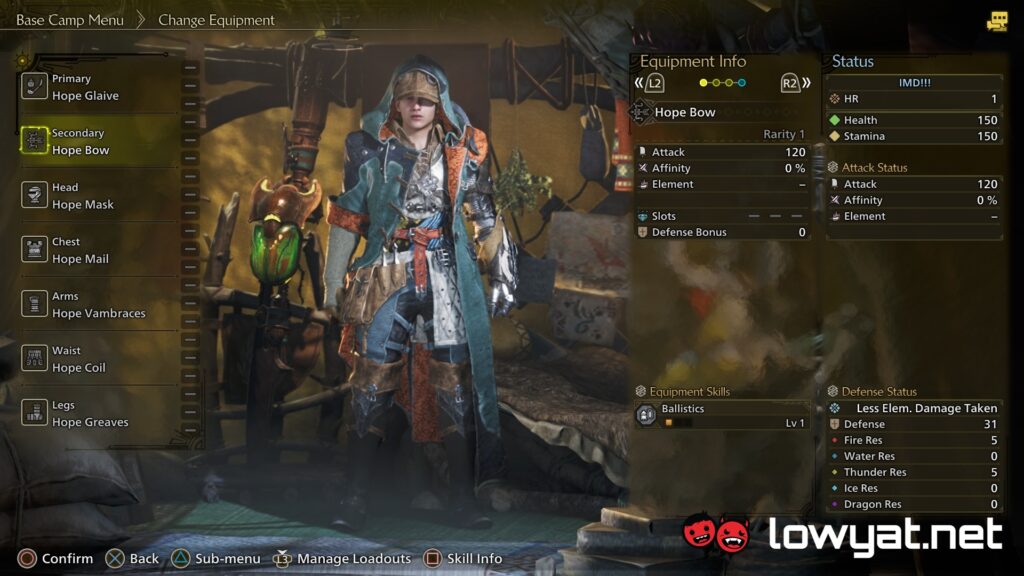
Then you depart your base camp, which then sees you either being completely alone, or with up to three other hunters with you that you’ve partied up with from the start, or whose quest you’ve joined midway. It’s not the worst implementation of the system, but seeing this outside of a looter shooter feels simply out of place.
At any rate, it remains to be seen if all of this will retain or not until the full release of Monster Hunter Wilds, come 28 February 2025. On one hand, I expect the graphics to be better optimised so that textures load properly, and framerates don’t take a nosedive when you’re at base camp. But on the other, I sure hope that the Focus Mode doesn’t make the end game completely unplayable outside of the most optimised sets.
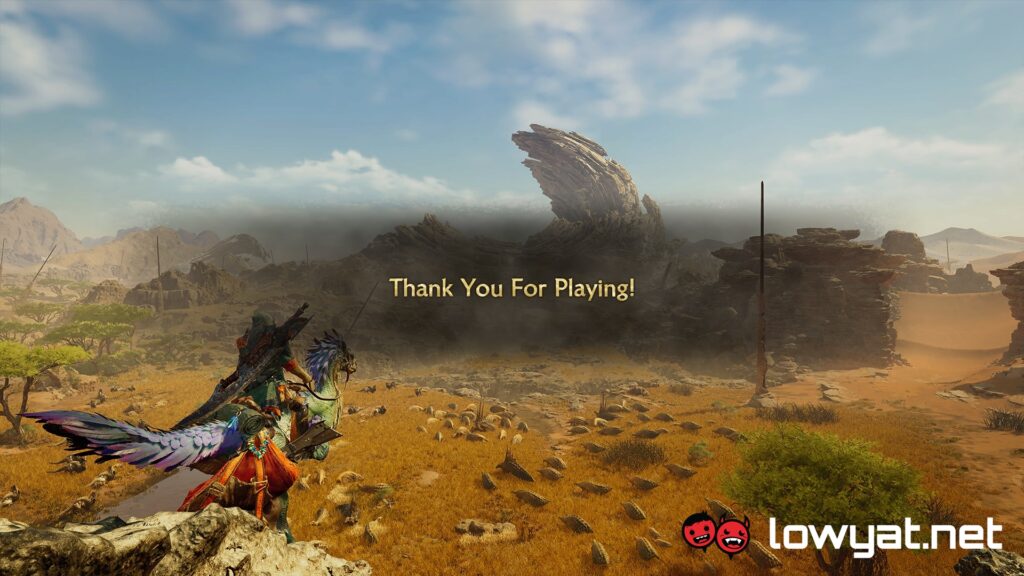
Utility sets for hunters looking to have a good time used to have better viability, but all that changed with Iceborne and Sunbreak. That said, I sure hope Monster Hunter Wilds – and whatever its G-rank expansion ends up being called – brings back those times.
Follow us on Instagram, Facebook, Twitter or Telegram for more updates and breaking news.


